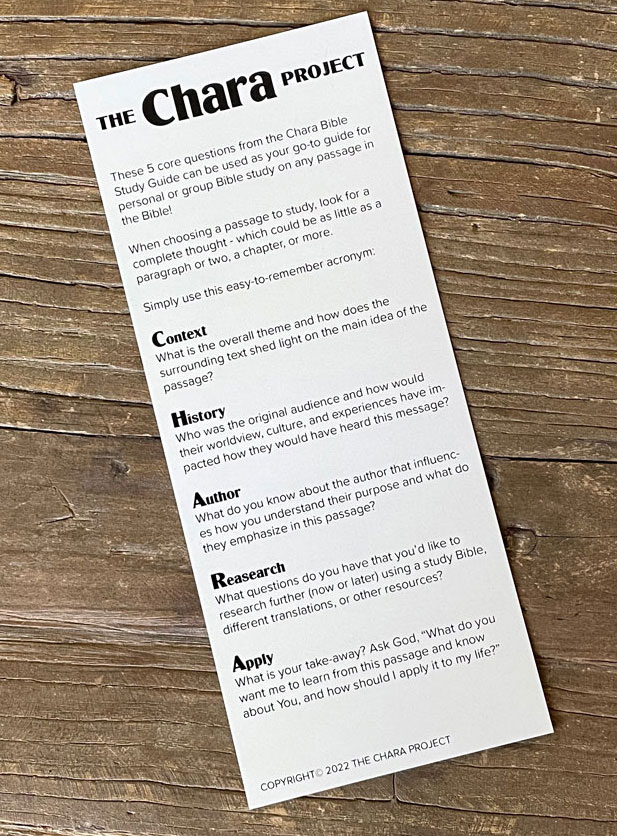While God inspired about 40 people to write His Words to be captured in the Bible, the decision of what was included in the Bible was not decided flippantly, but in stages with careful deliberation by Jews and Christians over several hundred years.
By about the 5th century BC, the first 5 books were universally accepted as the “law” by the Jews. By the 200s BC, most of the books of the prophets had been accepted. The final collection of the Old Testament was probably not finalized until the first century BC, just before Jesus. We can have confidence in the books featured in the Old Testament, since they were the same scripture Jesus had, he often quoted and referenced them, and he would have mentioned corrections if they were needed.
Most of the New Testament was agreed upon very early around the turn of the century, with a few exceptions. By the late 3rd century AD, the 66 books of the Old and New Testament were agreed upon and that is how we have the Bible we use today.
One interesting way to look at the books that are included in the Bible is that they were not necessarily decided on, they were received. As the books were uncovered, they needed to fit specific criteria. For example, the New Testament books needed to:
-
be written by Jesus’ apostle or a close companion of an apostle
-
be aligned with Jesus’ teachings
-
be written during the first century
All together the books in the Bible needed to be universally accepted by the churches near and far. This helped weed out heretical books where only one church in one area would be using a book that others did not accept.
It’s worth noting that the Bible was originally written in Hebrew, with some Aramaic (Old Testament) and Greek (New Testament). Because of the multiple languages of the original text, all English versions we read today are a translation, which is why there are a few different Bible translations to choose from.
Until the mid-twentieth century, the oldest copies of the Old Testament were known as the Masoretic text, which were manuscripts translated between 500 and 950 A.D. In 1947, caves were discovered that held 900 ancient scrolls–the Dead Sea Scrolls–which dated back to the 2nd century B.C., well before Jesus was born. The Dead Sea Scrolls helped translators get much closer to the date the text was originally written. Remarkably the scrolls were found to be practically identical with the Masoretic text–most variants being minor spelling differences and none that impacted the meaning. In fact, since then, New Testament transcripts have been found dating as far back as the 2nd century A.D. confirming the reliability of the ancient texts.


